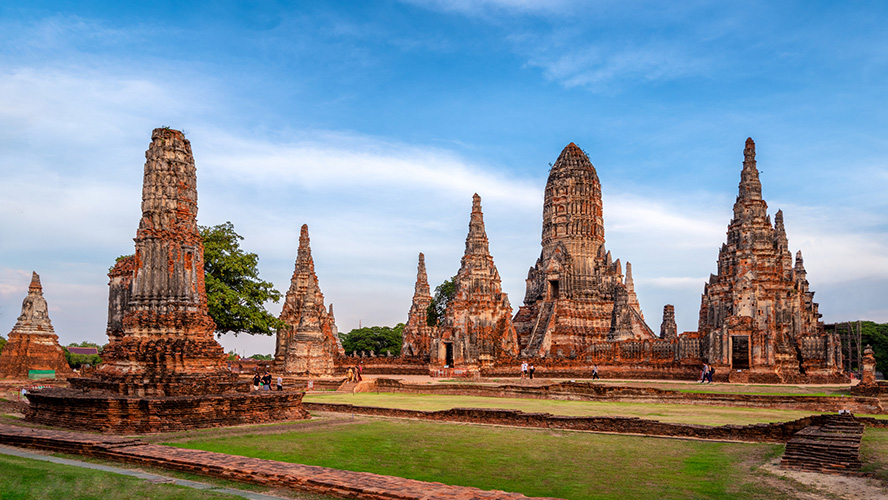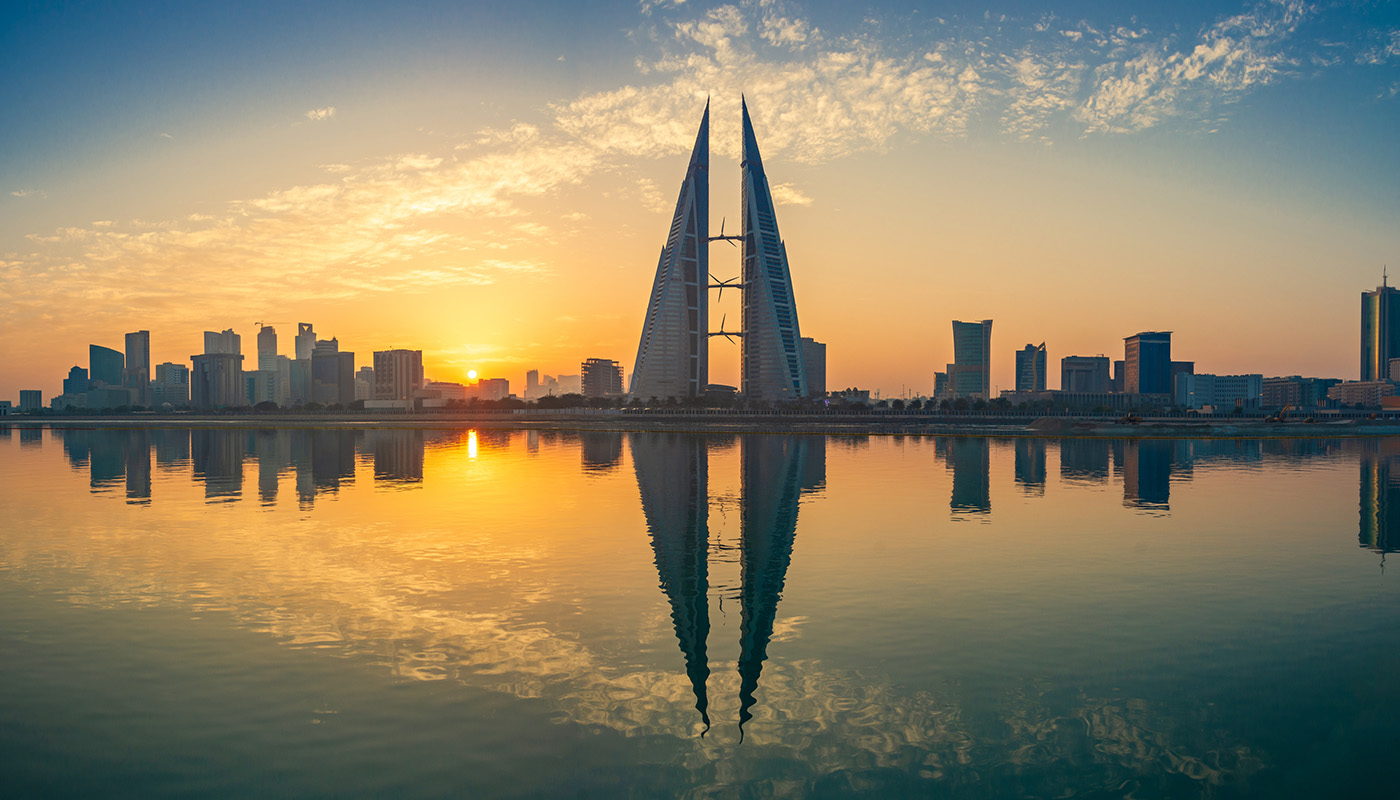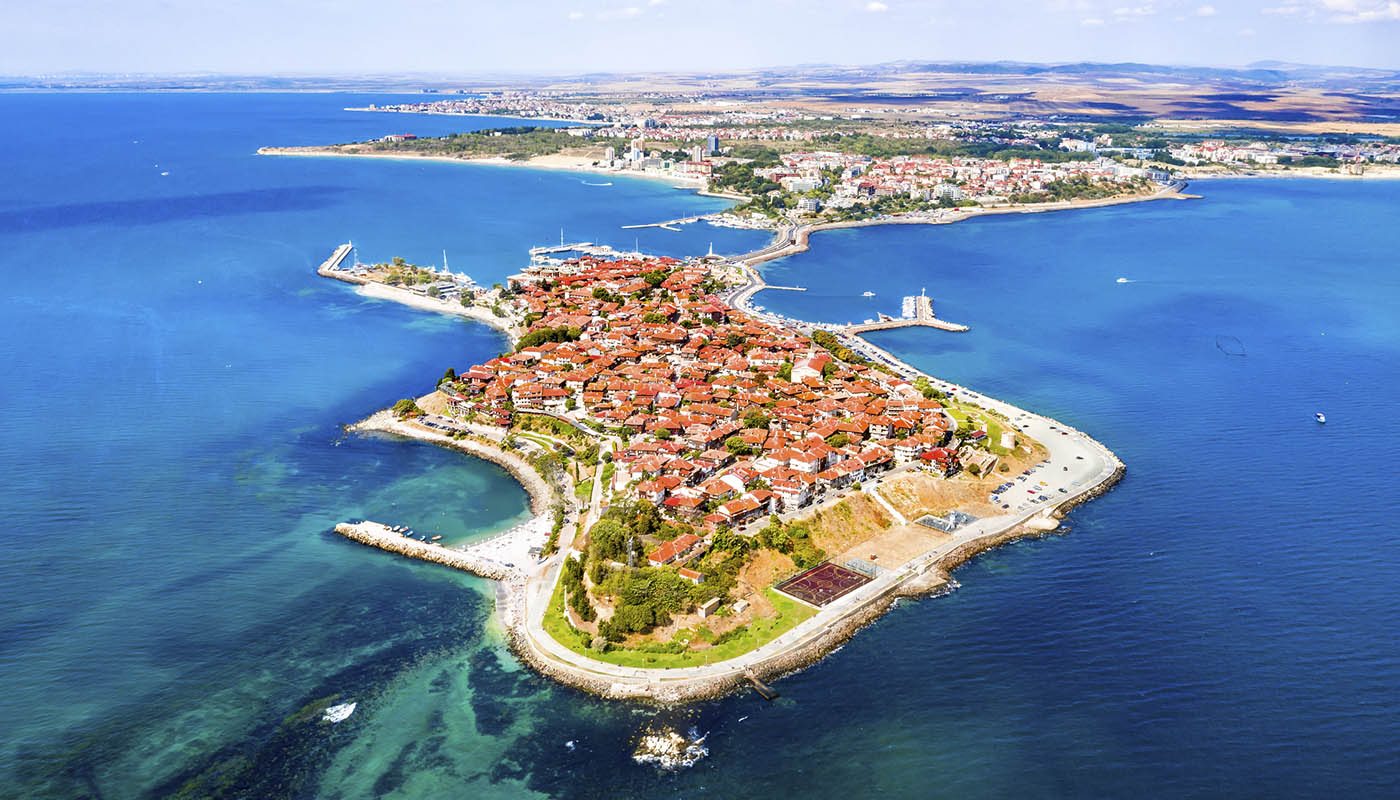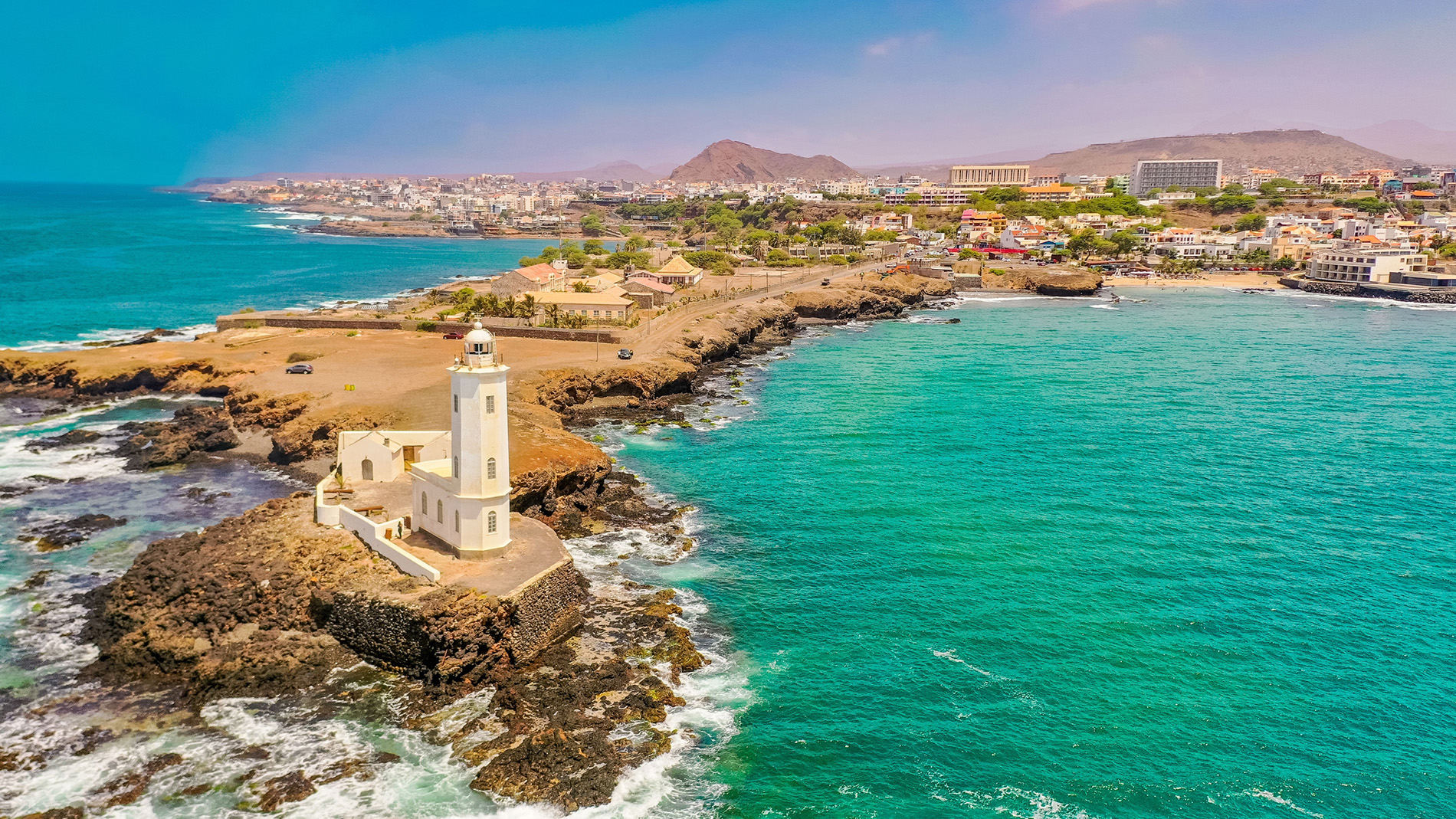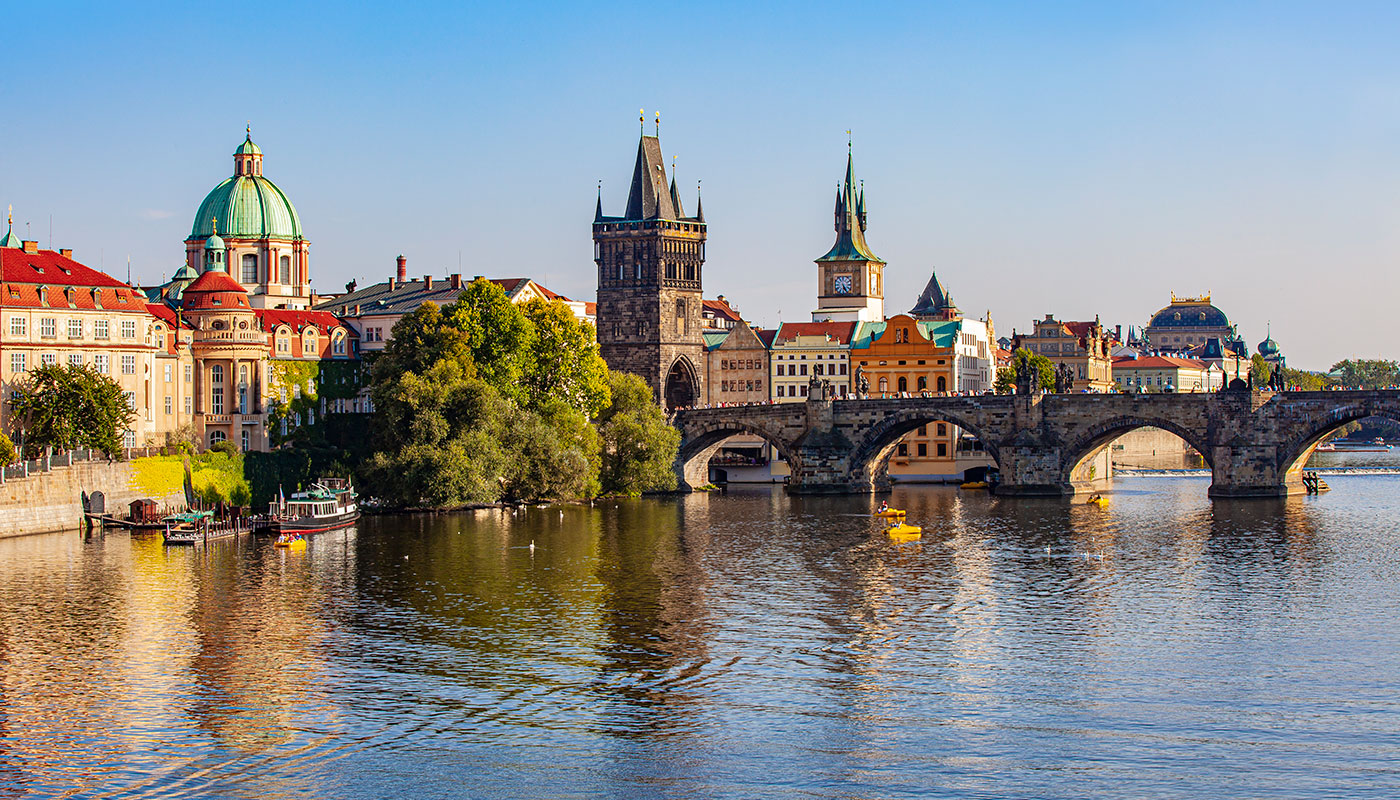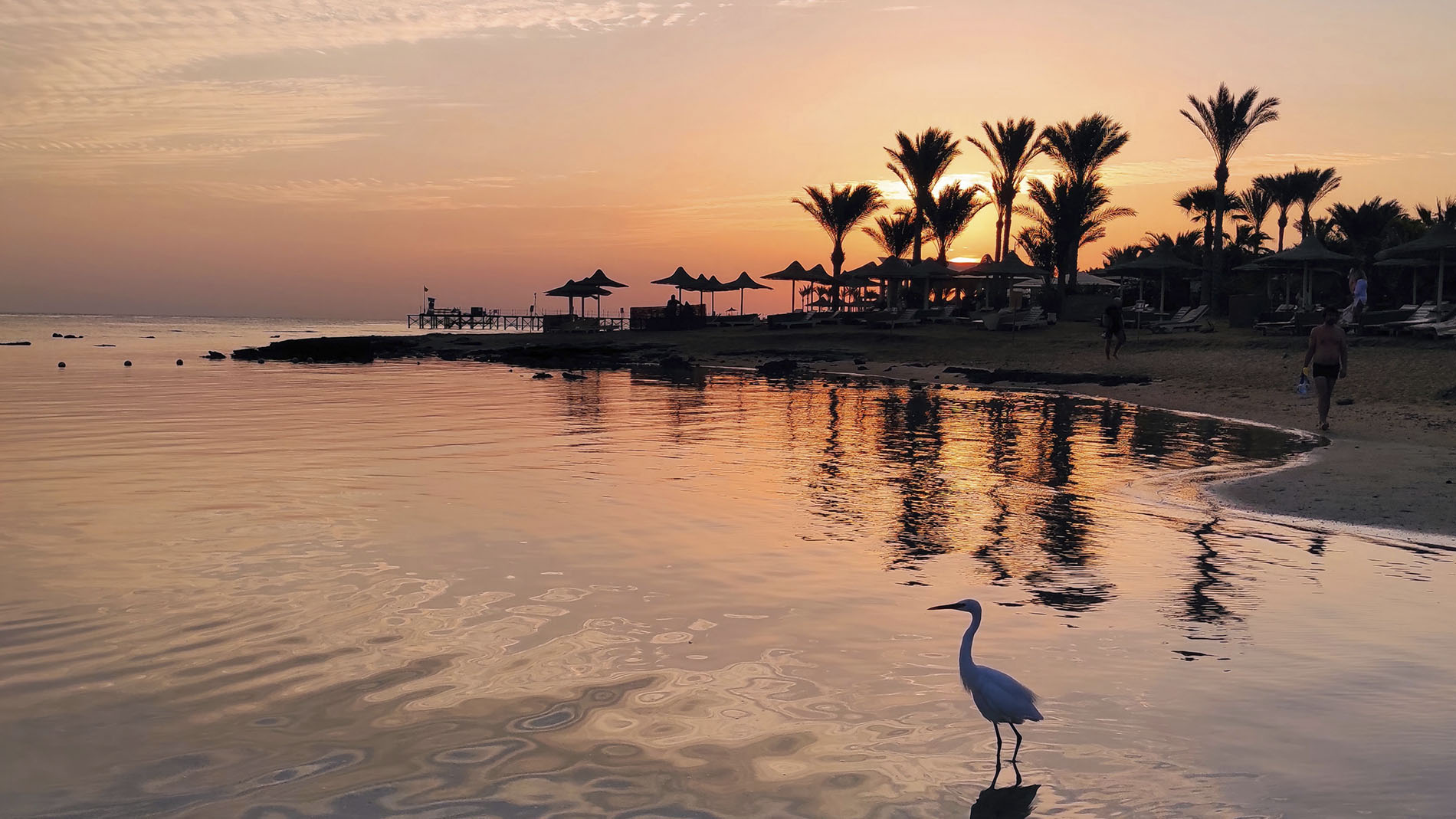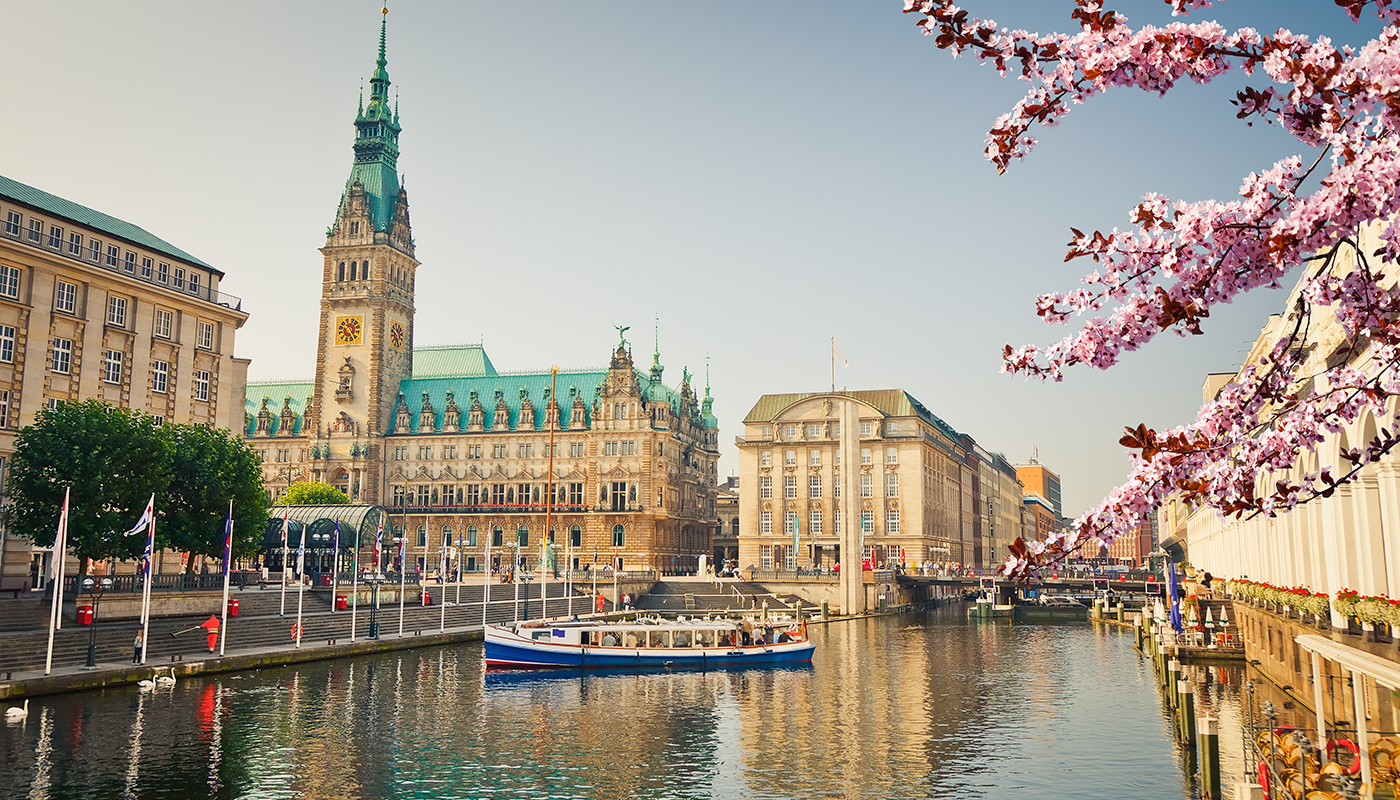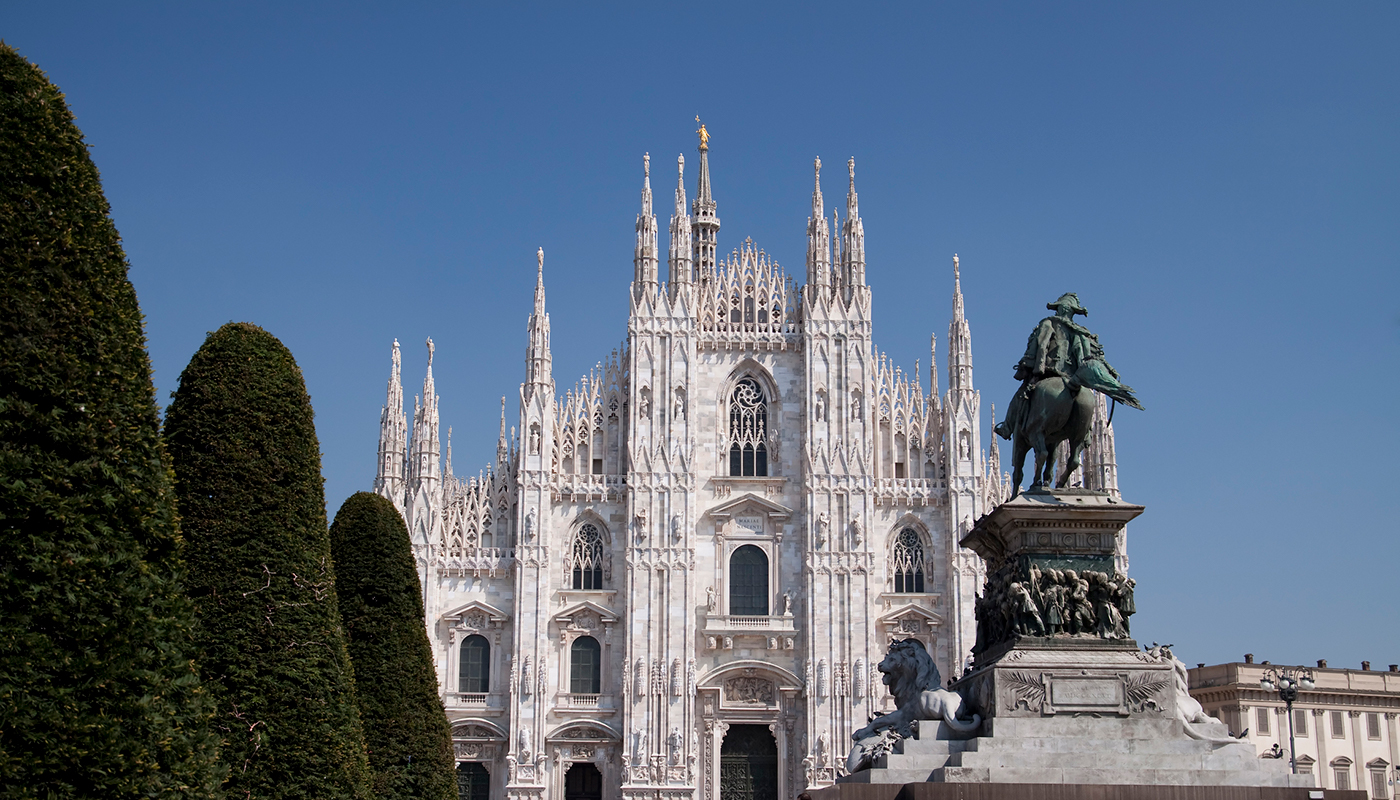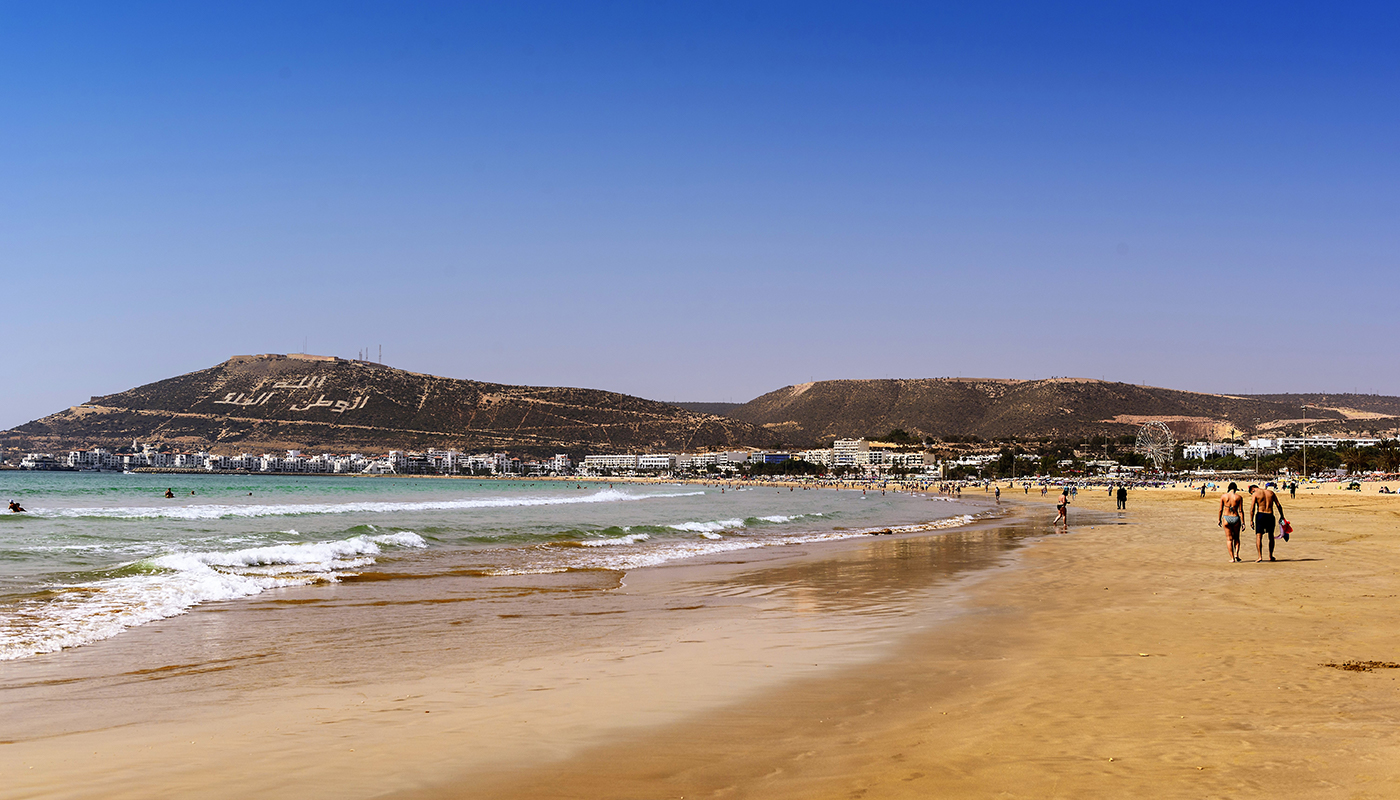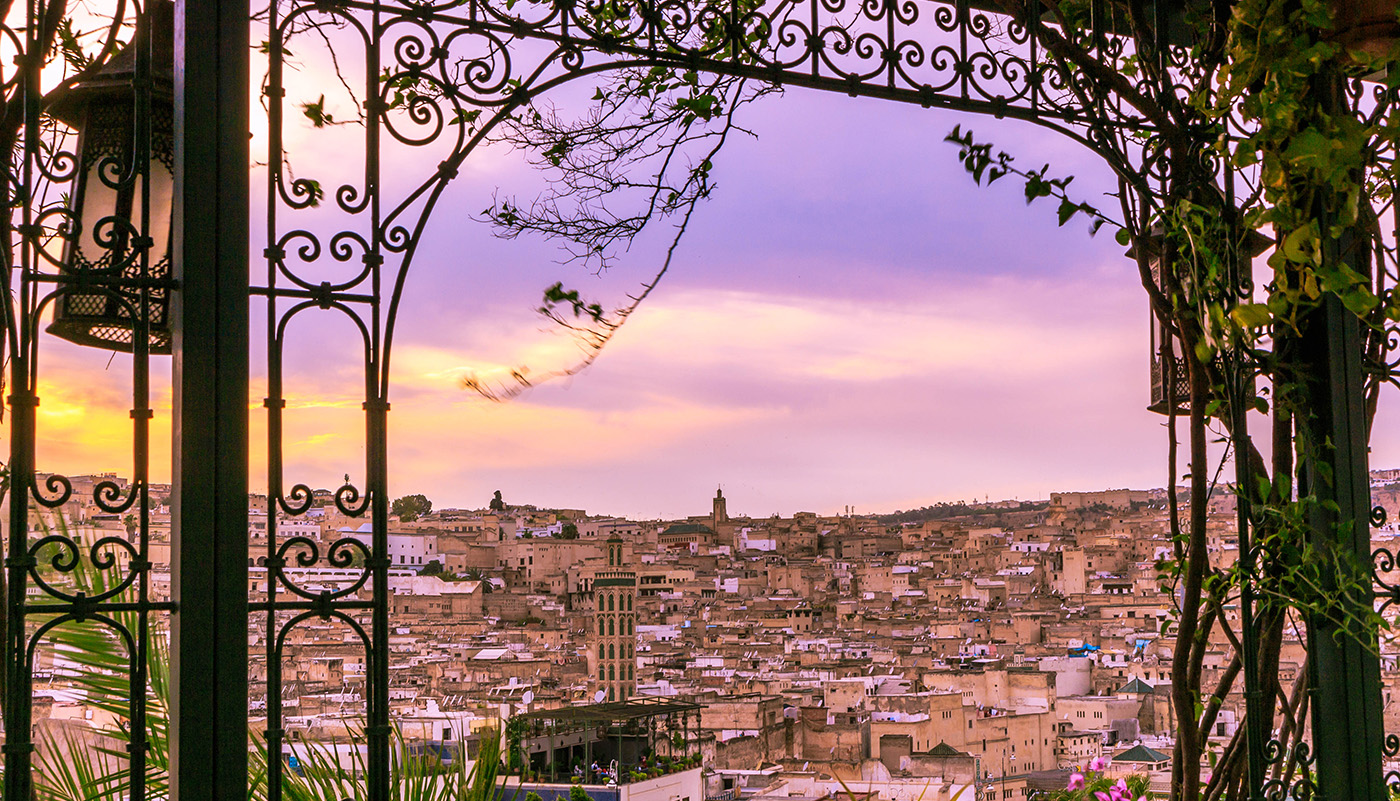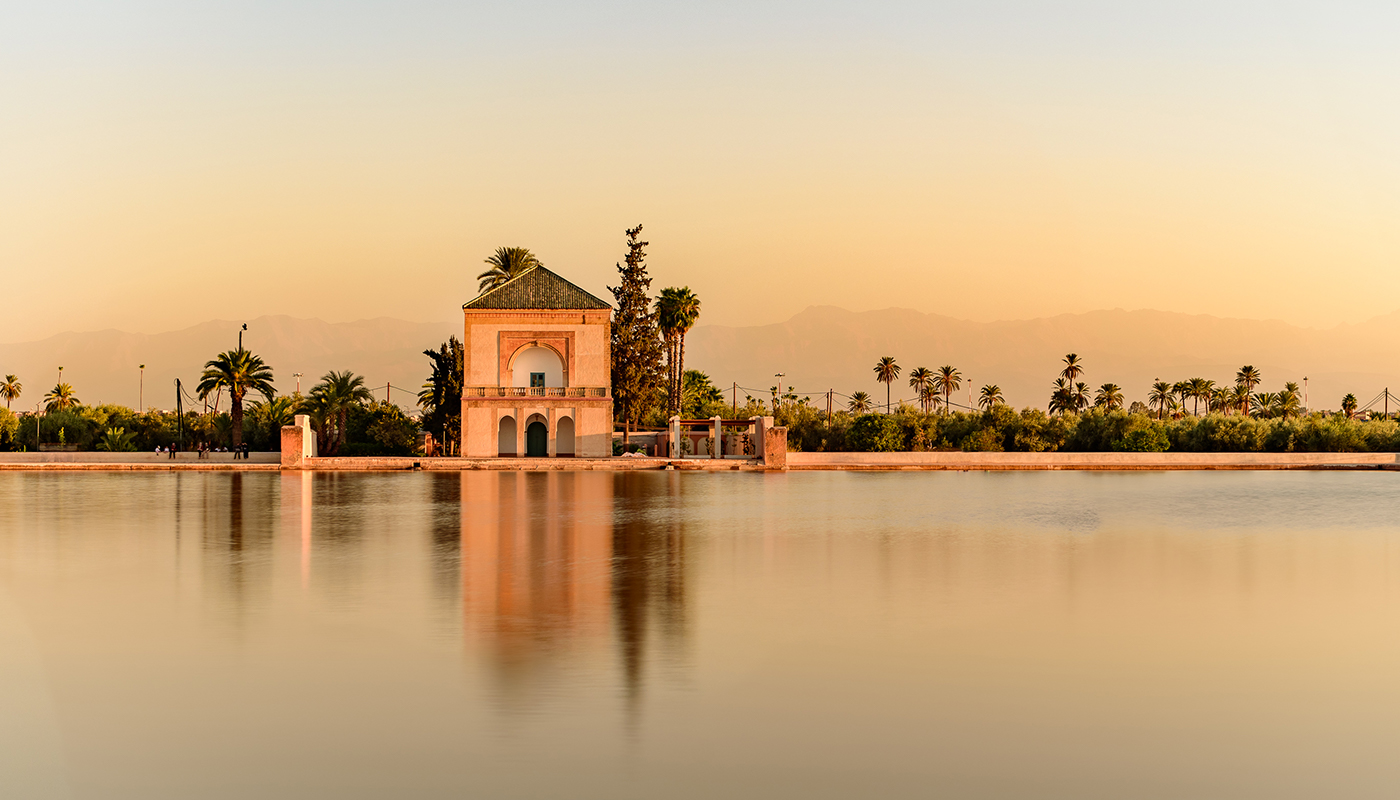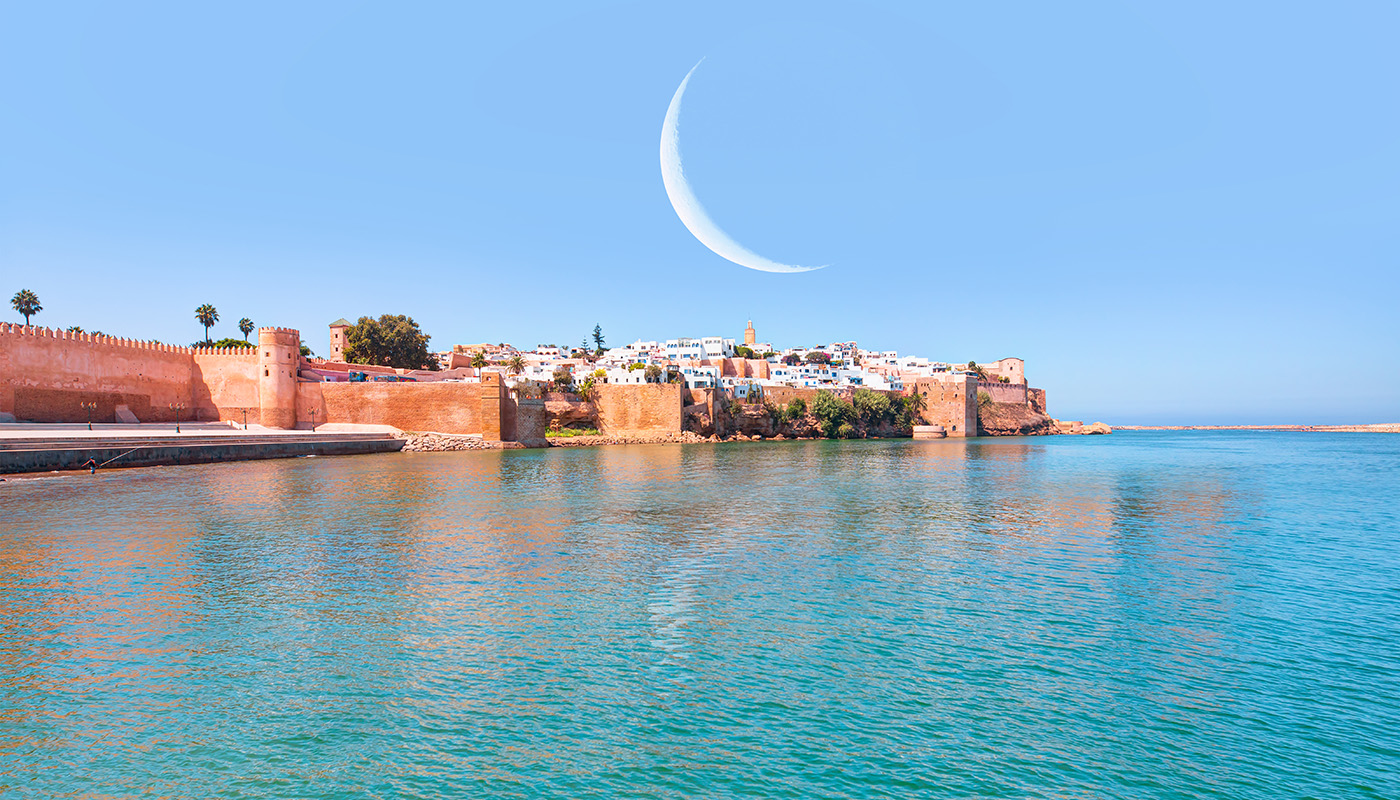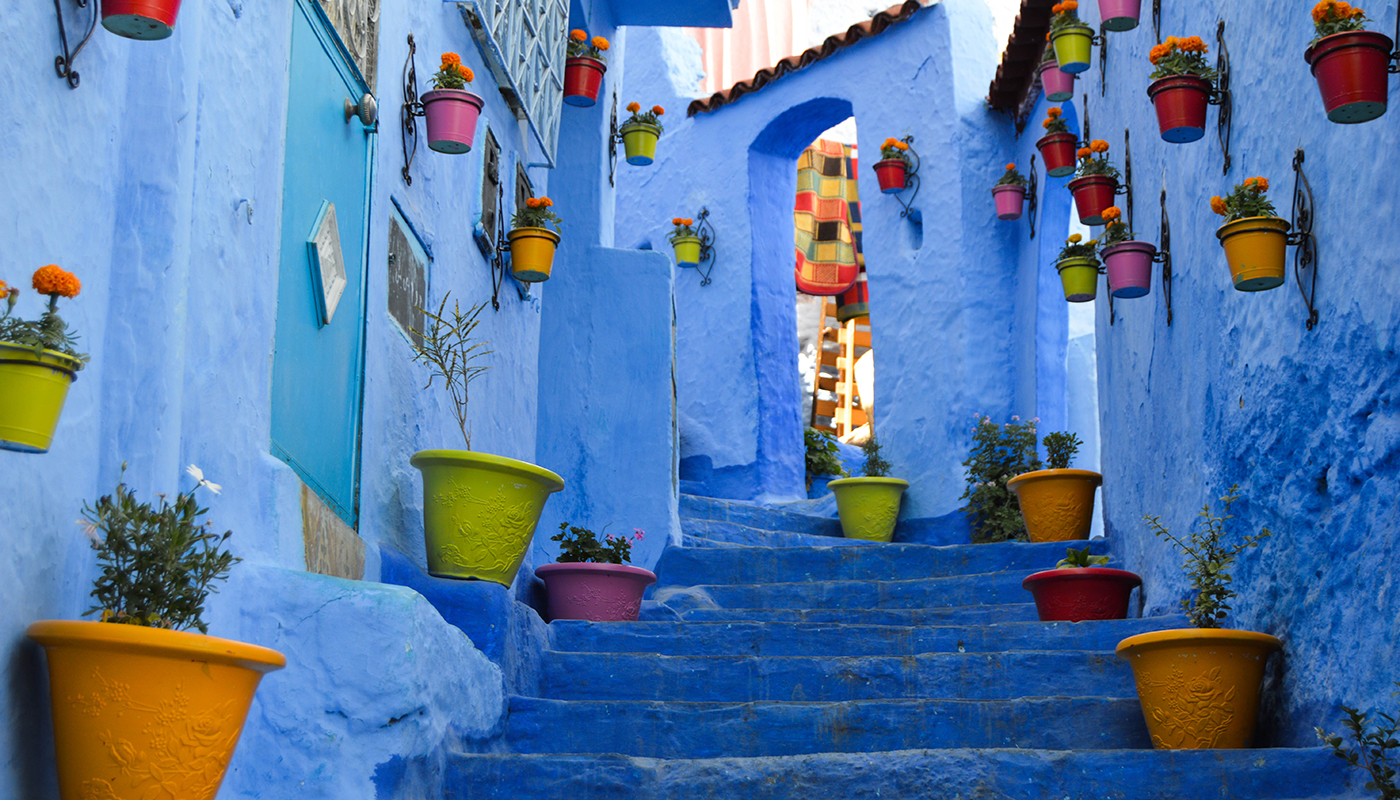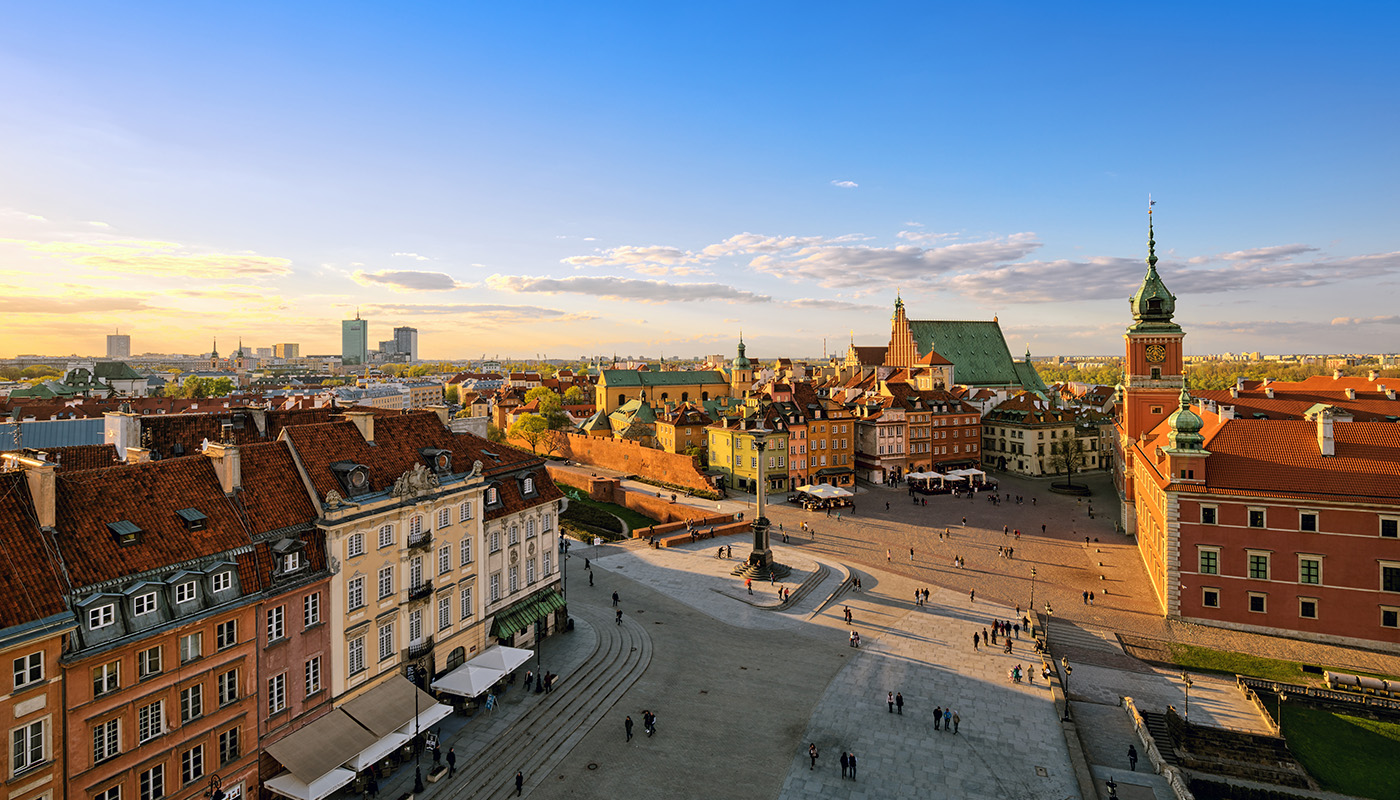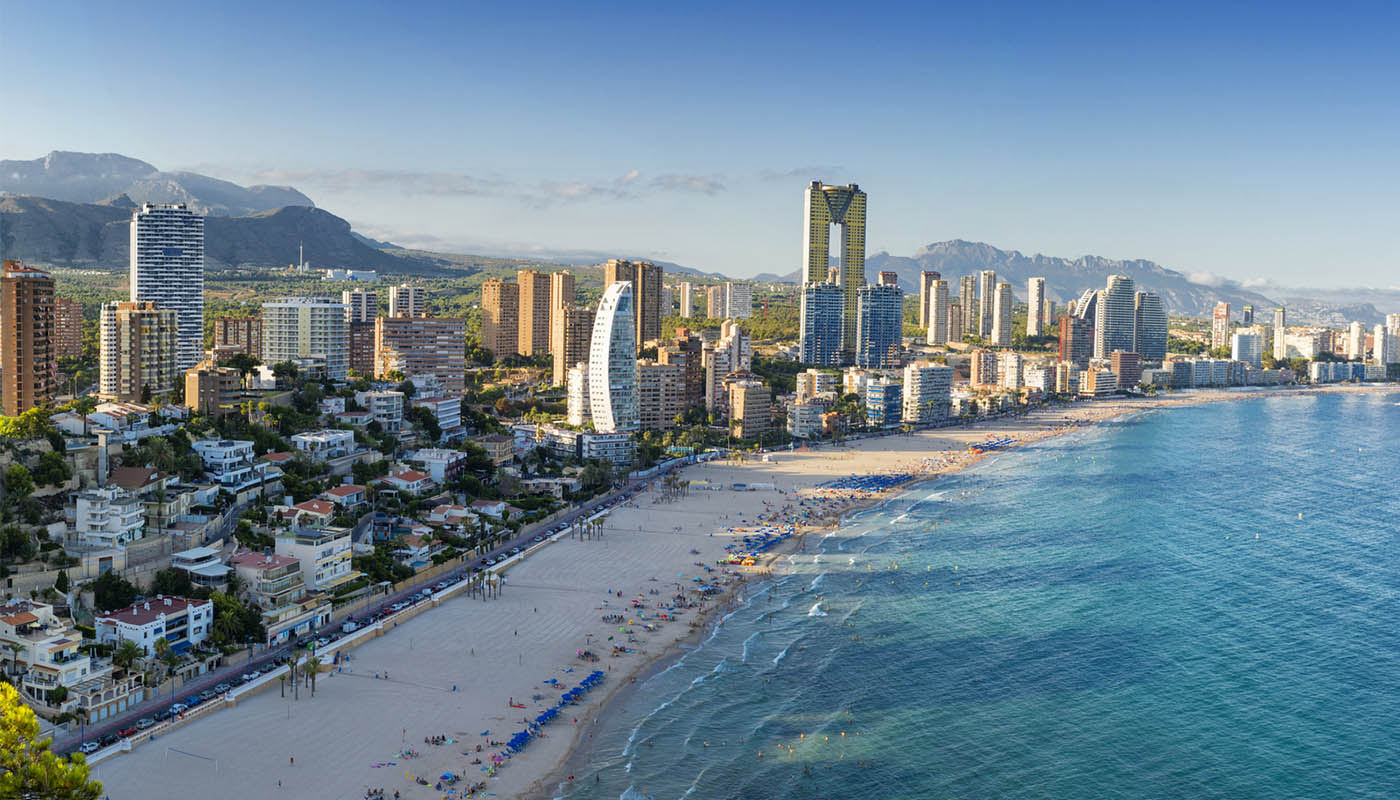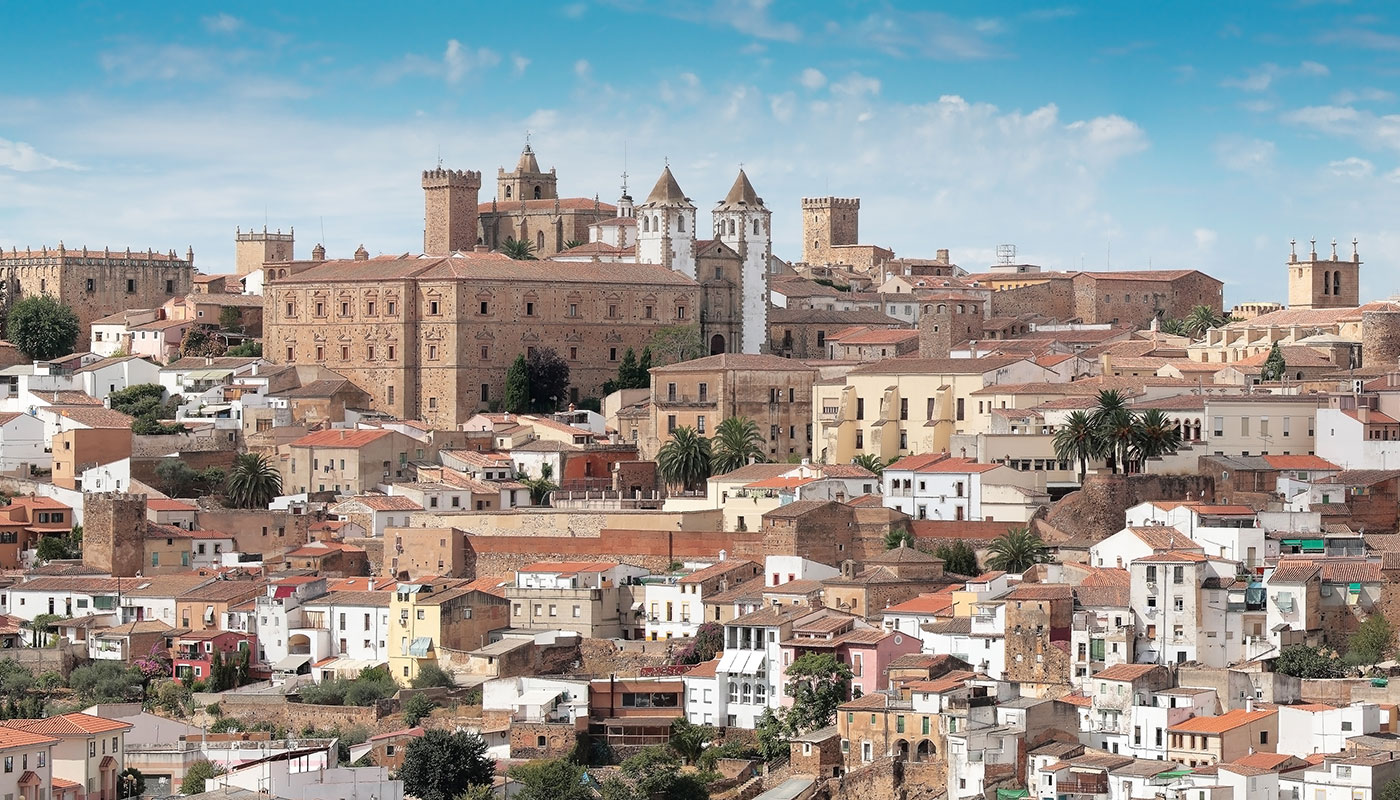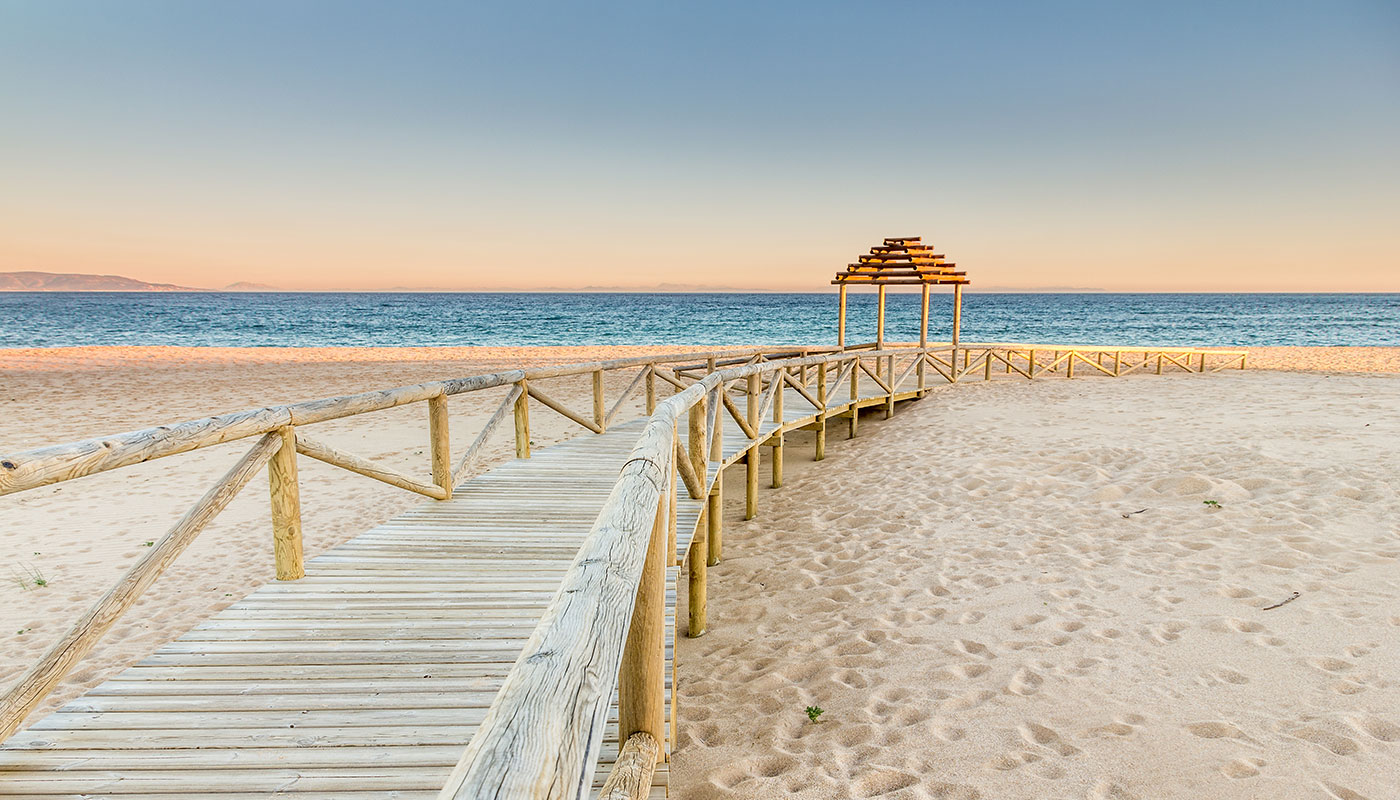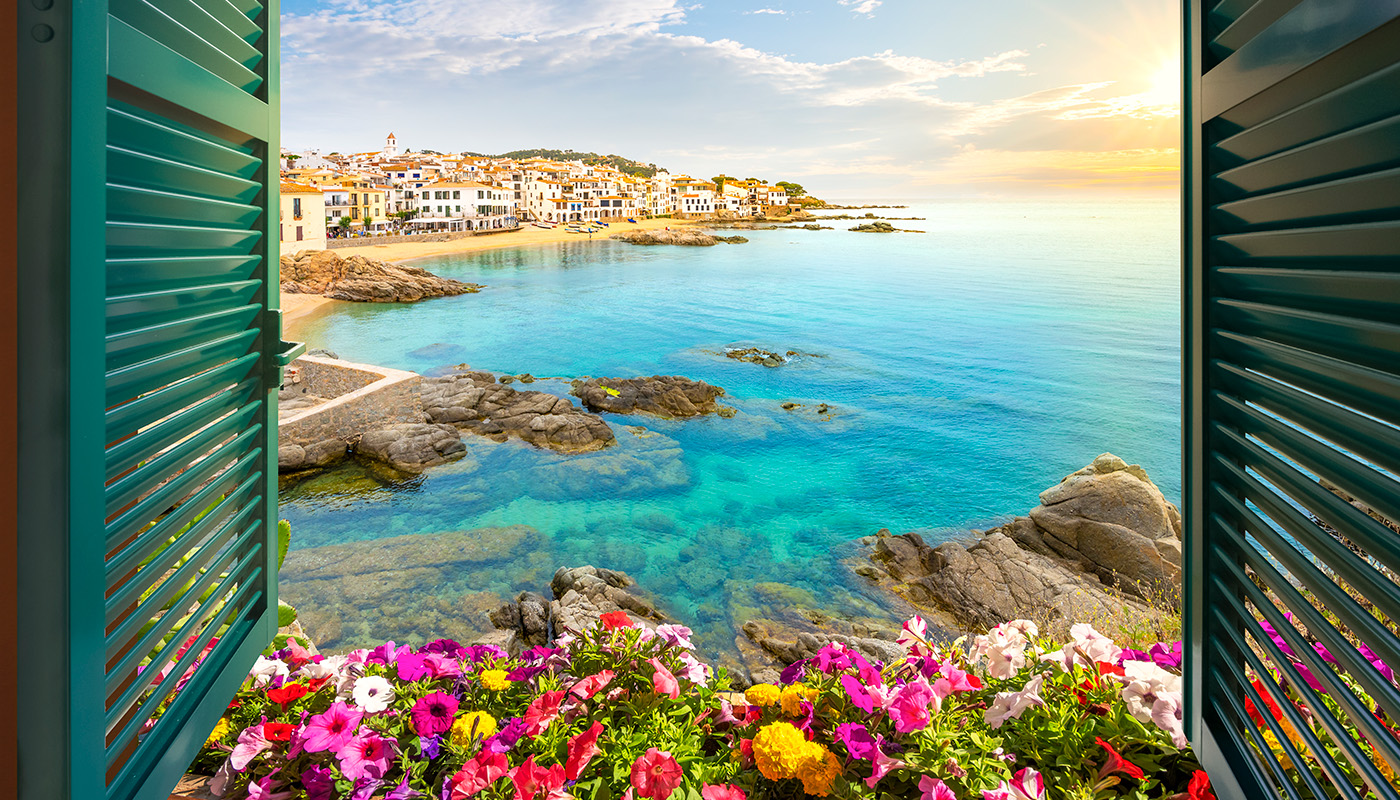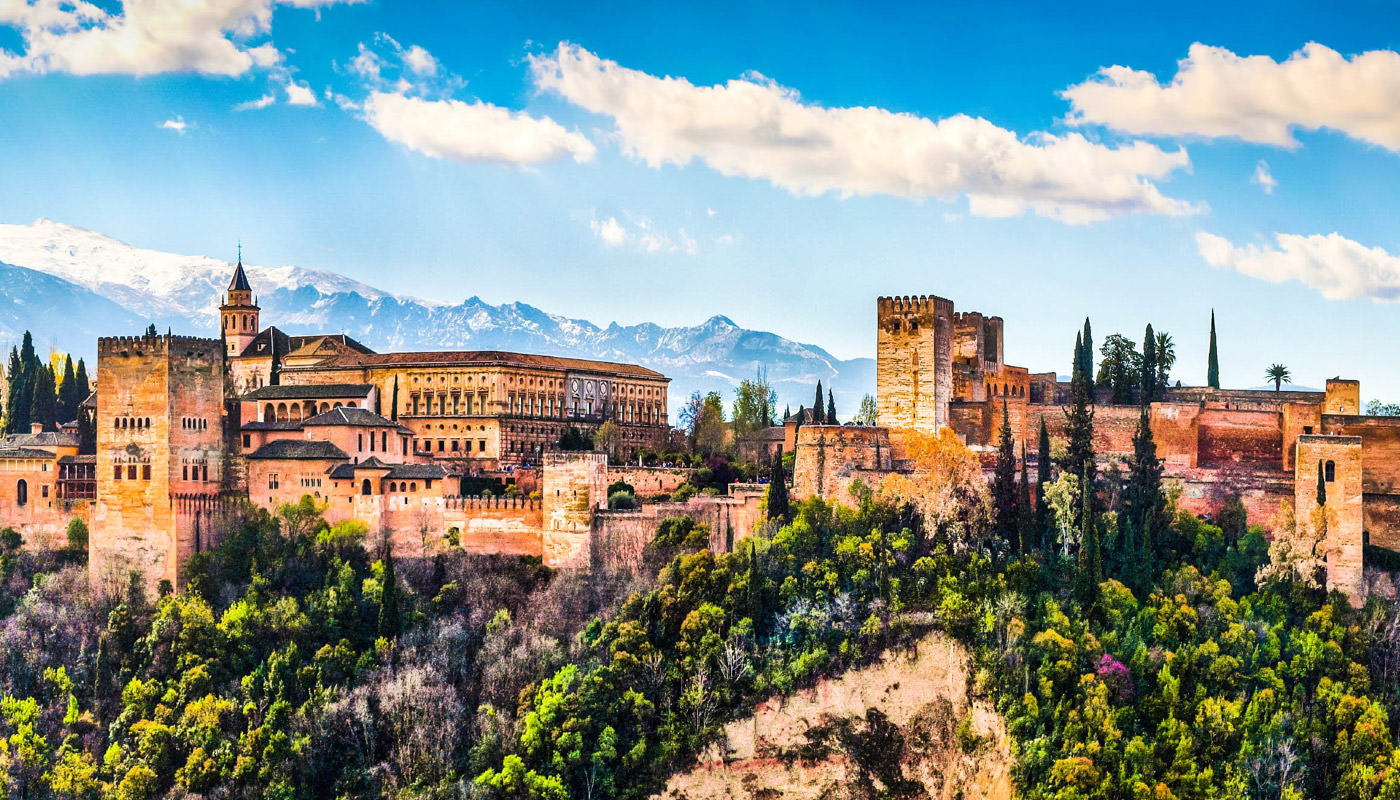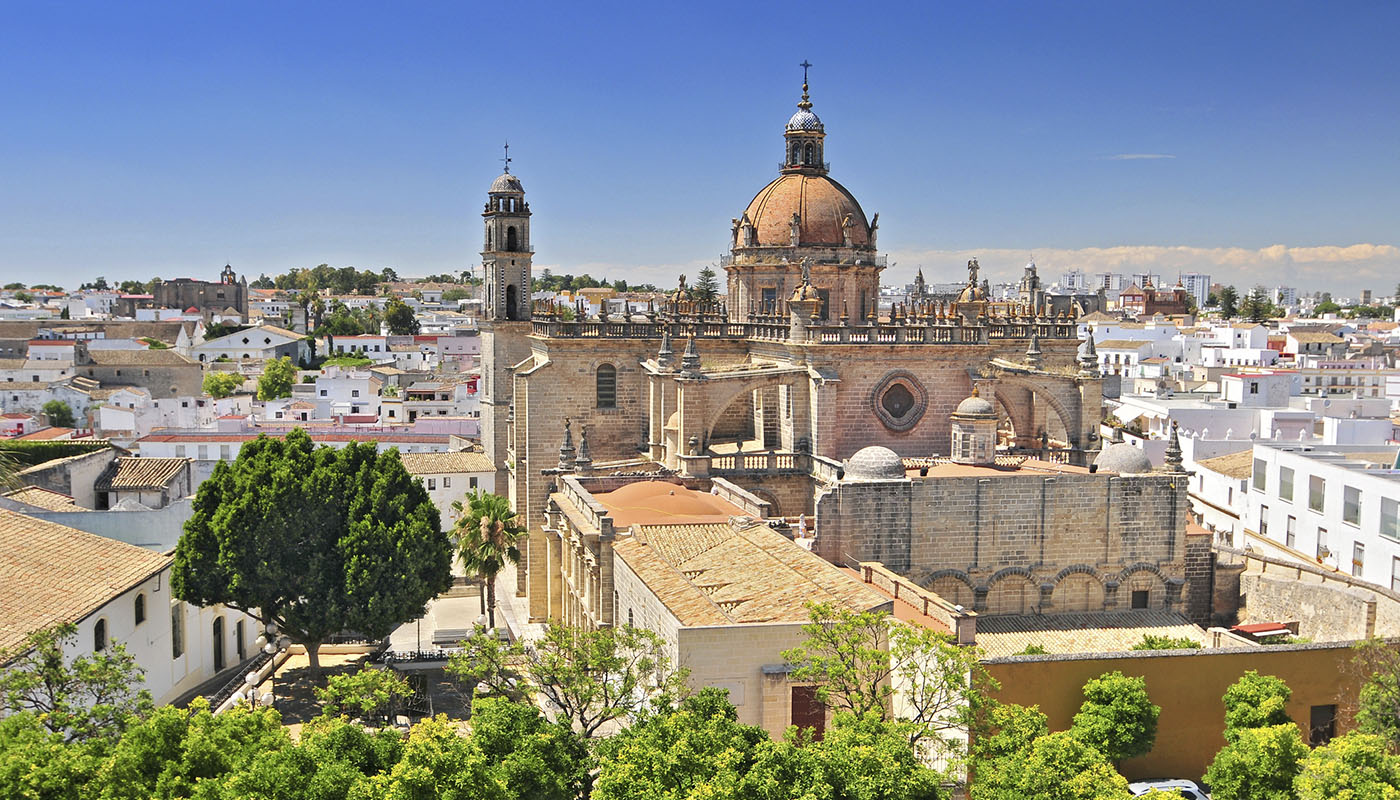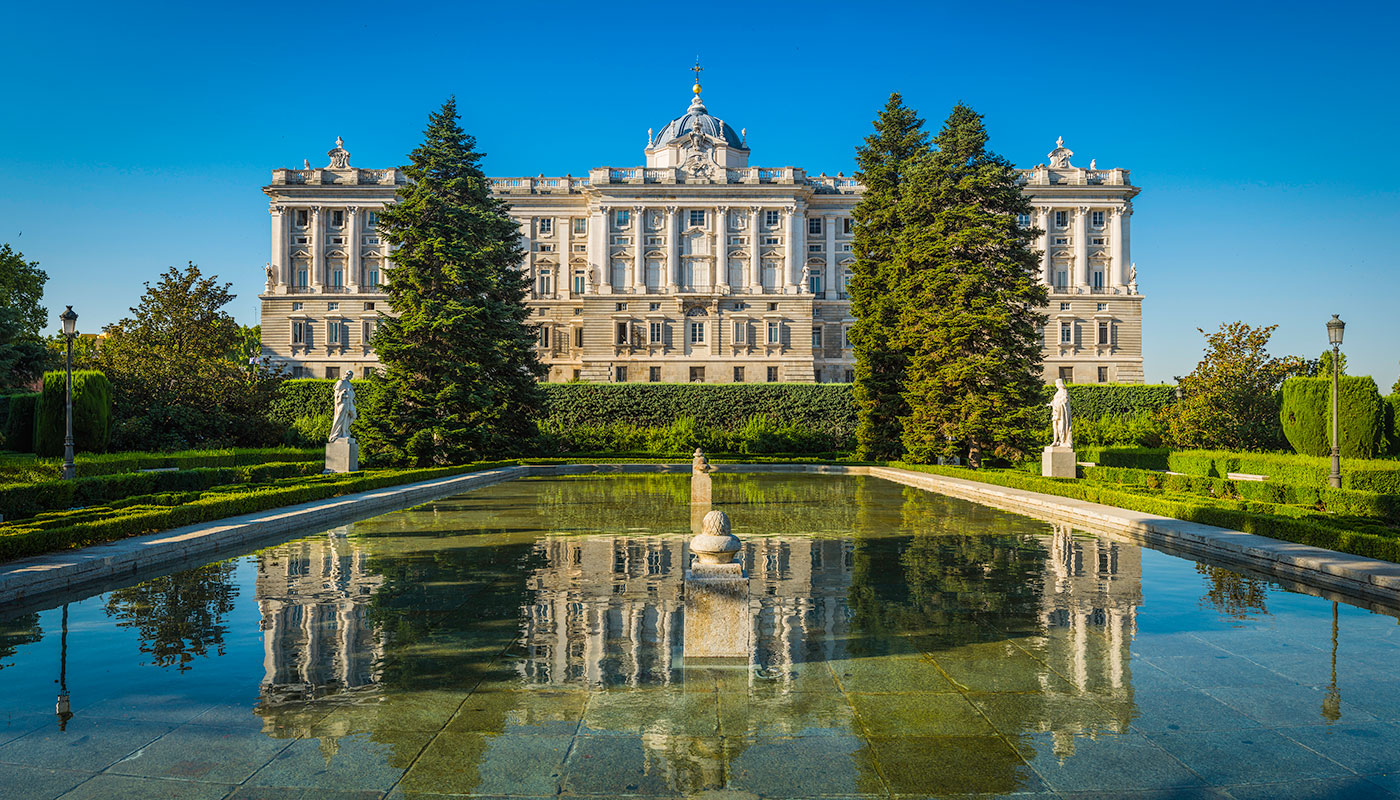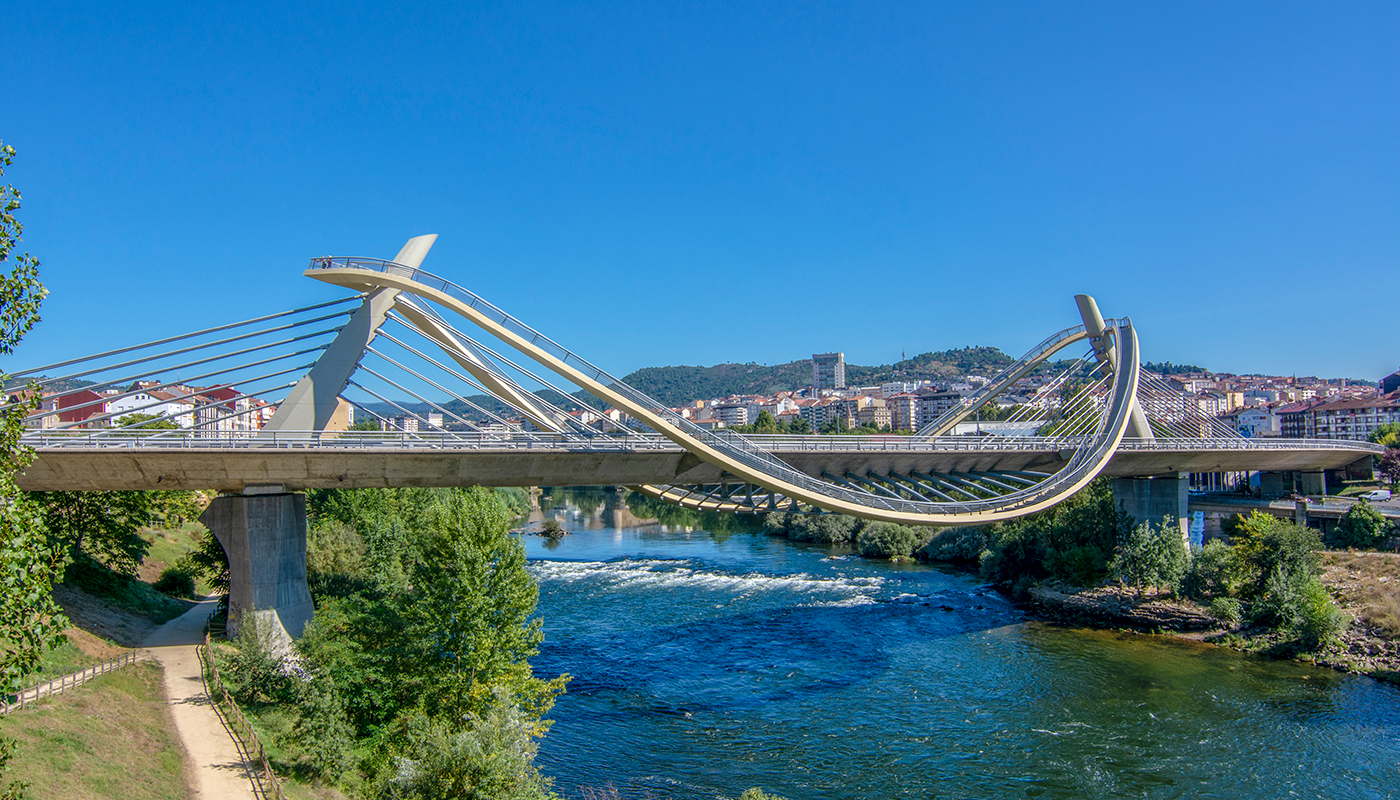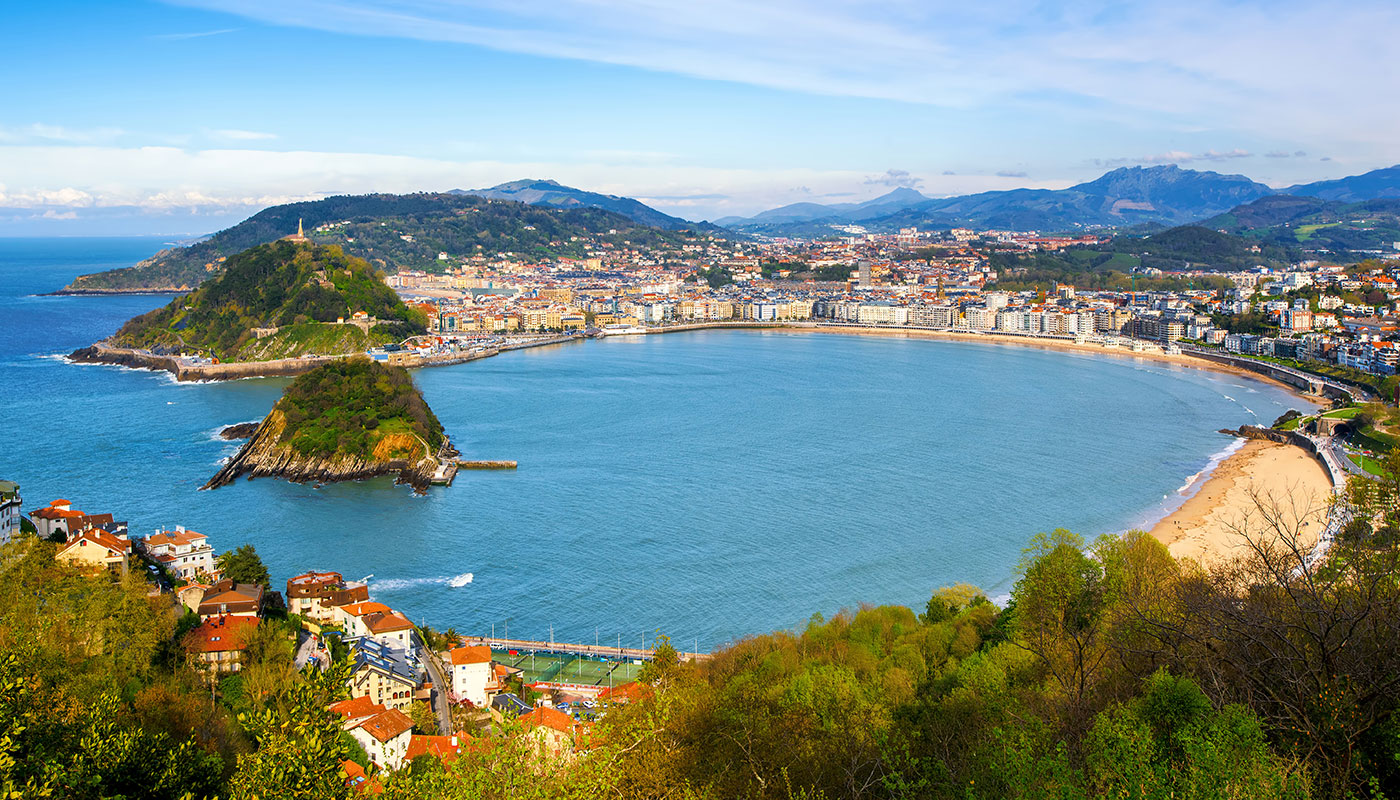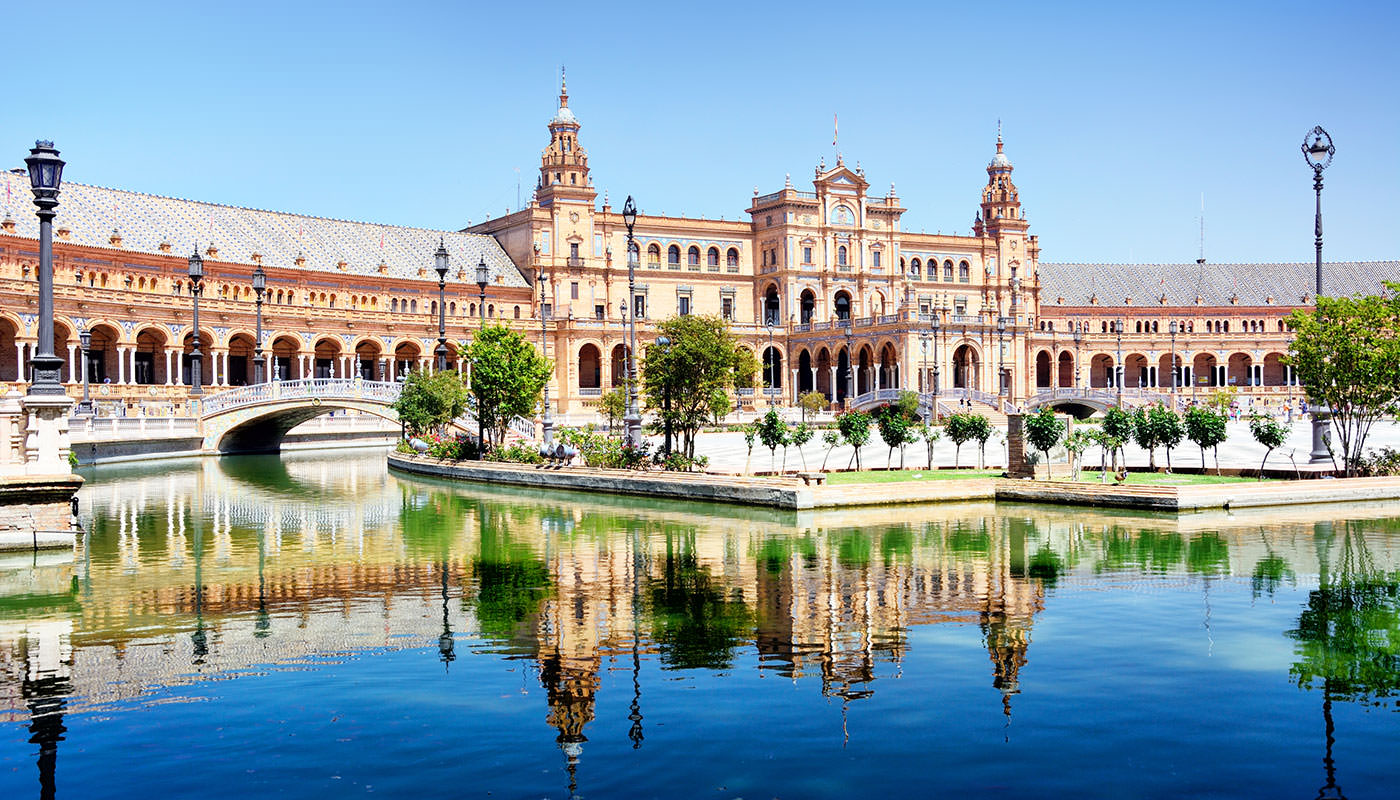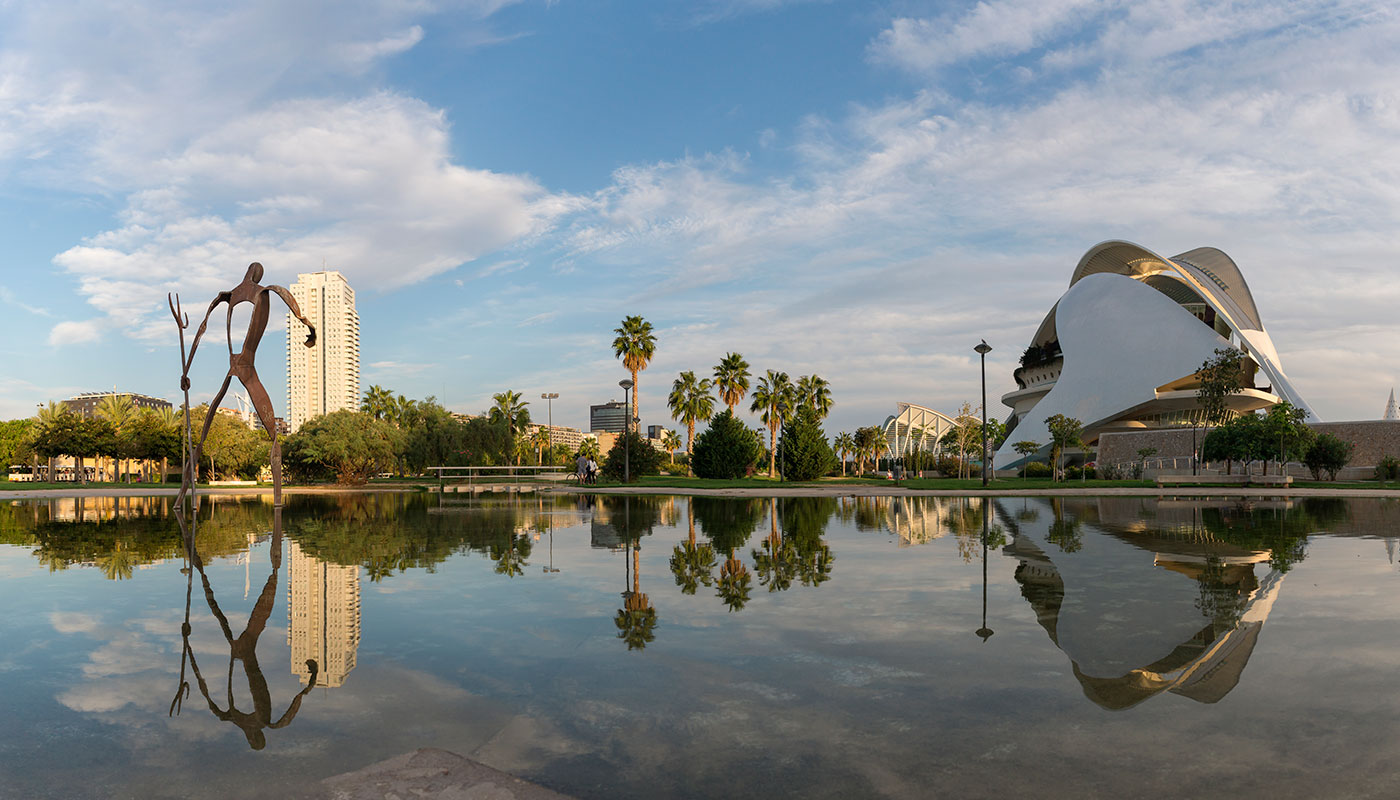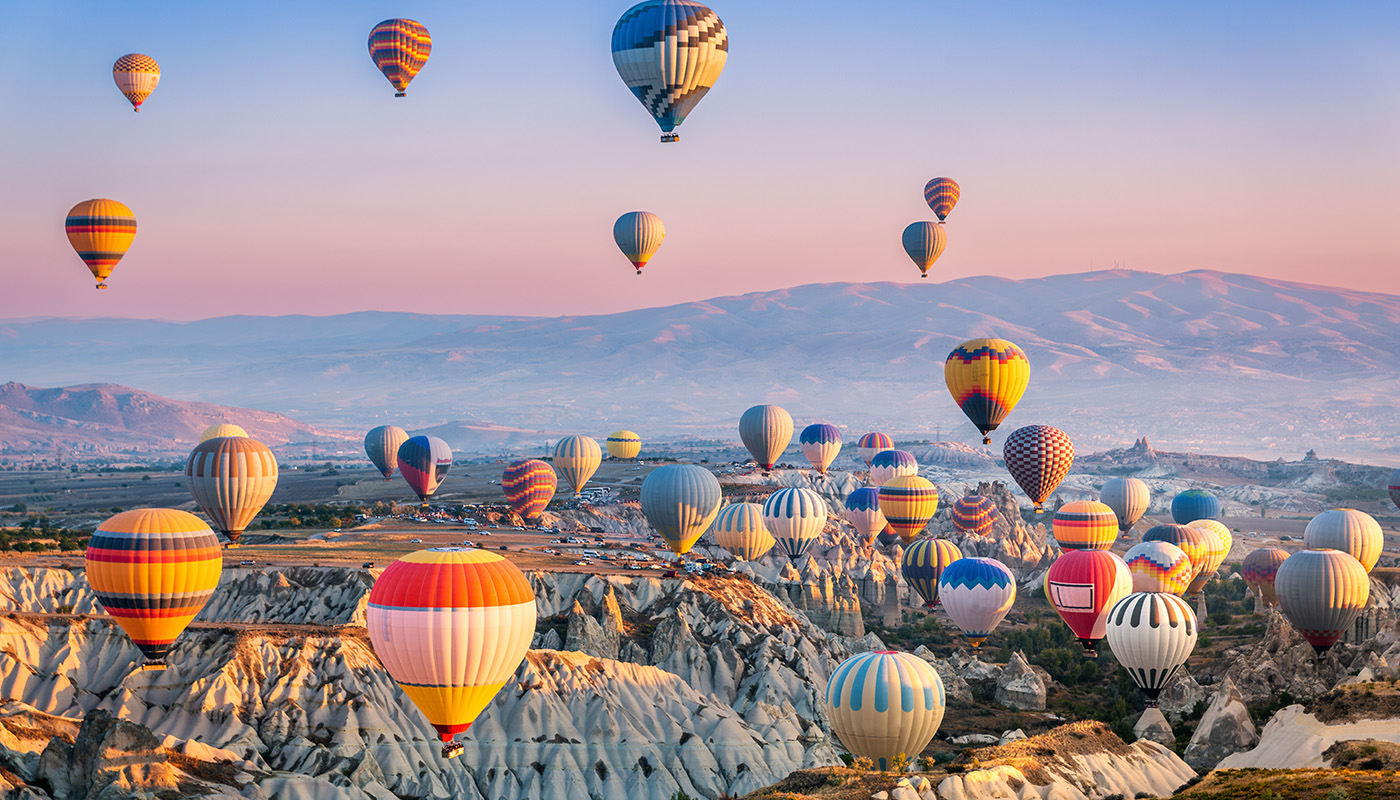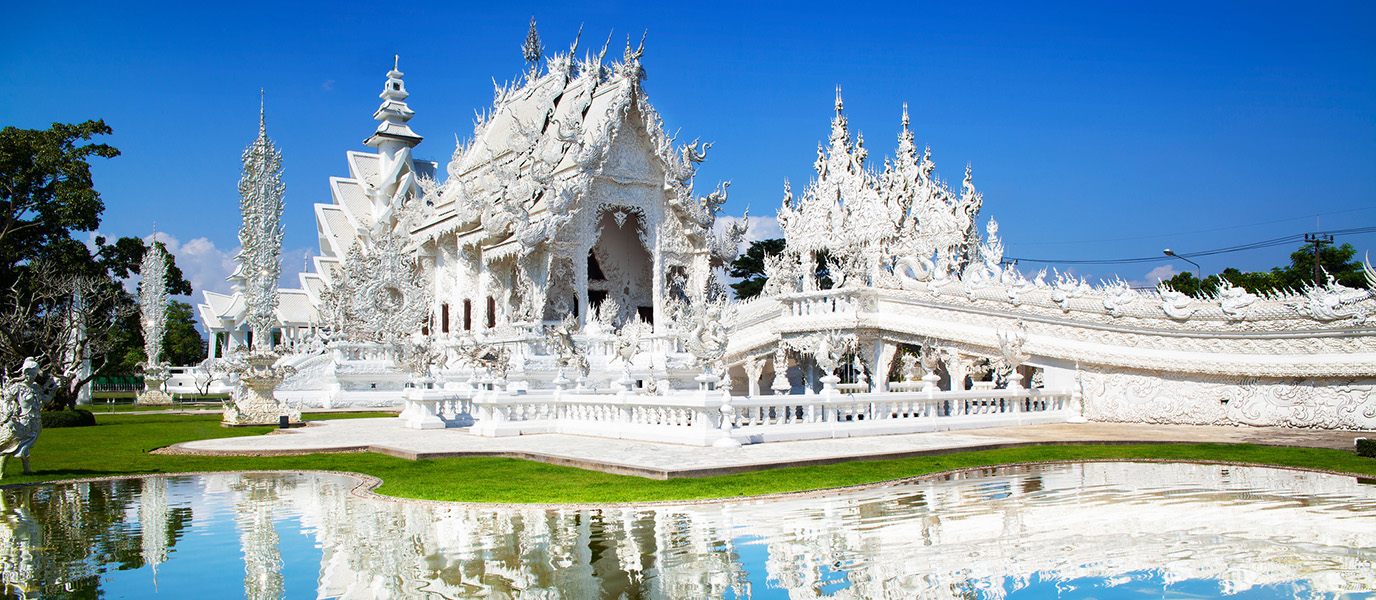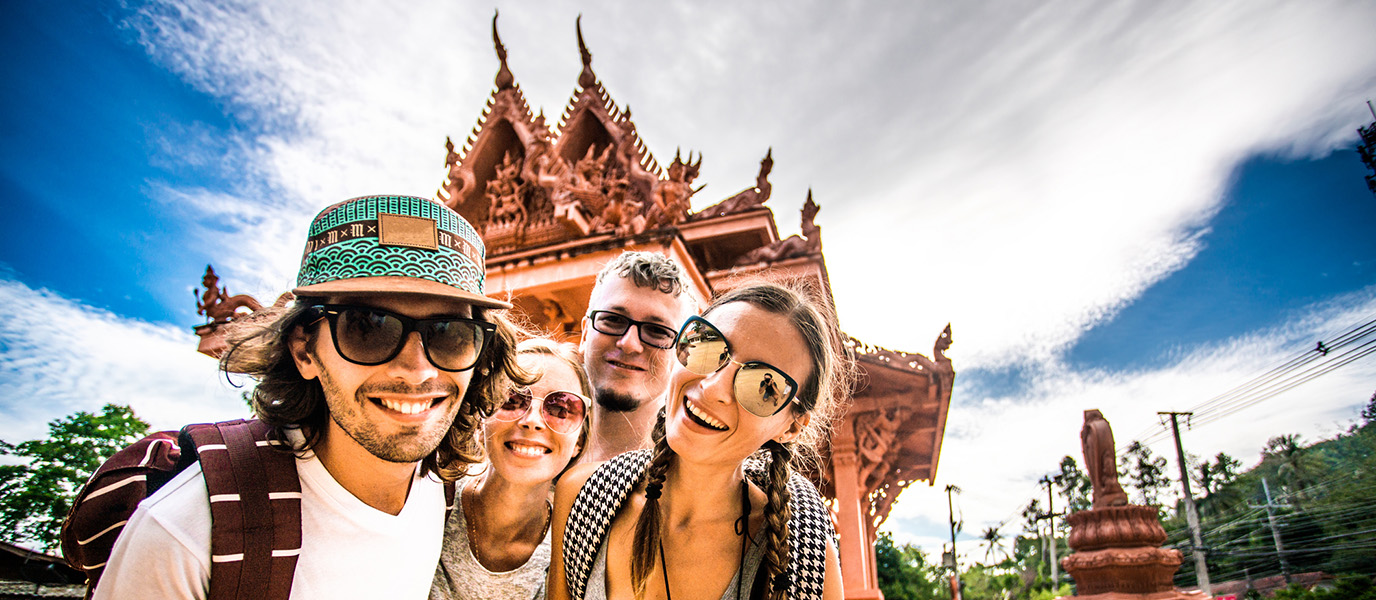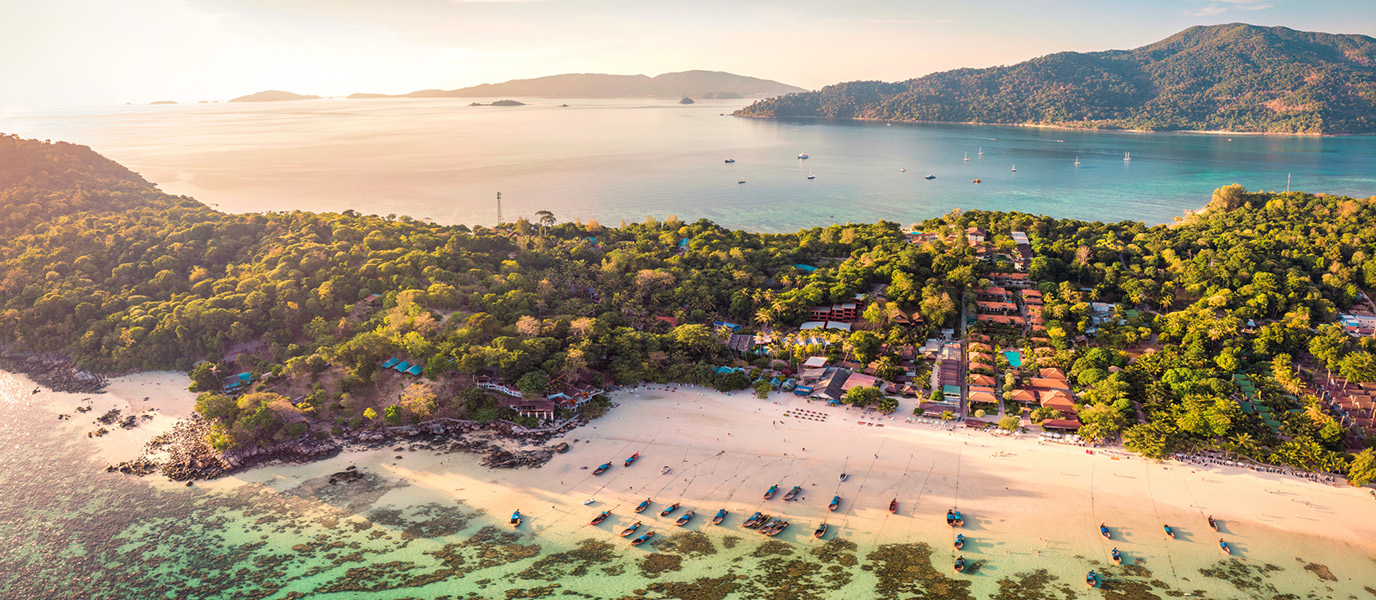About 80 kilometres north of Bangkok lies Ayutthaya, the former capital of the Kingdom of Siam for over 400 years. It was declared a UNESCO World Heritage Site in 1991 and is considered one of the must-see sights for any visitors to Thailand.
The Kingdom of Ayutthaya reached its peak in the 14th century, extending its territory beyond present-day Laos, Cambodia and Myanmar. In 1767, 417 years after its founding and 15 months after the Burmese siege began, the kingdom was conquered and the city was virtually destroyed. The capital of the Kingdom of Siam was moved to Thonburi.
The city was built on an island surrounded by three rivers, the Chao Phraya, Pa Sak and Lopburi Rivers, which provided a natural barrier against invaders. Many of its temples are still standing today and can even be seen from aboard a boat. The old town is surrounded by water and canals were built to provide transport links within the city, which is why many call it the “Venice of Asia”.
The Historical Park
The Historical Park of Ayutthaya, also called Koh Mueang (island city), has been a World Heritage Site since 1991. Its archaeological area spans 15 square kilometres and is spread out within the modern city.
There are more than 60 temples and ruins to visit. Highlights include its cactus-shaped obelisks, known as prangs, as well as various well-preserved stupas and temples.
Wat Mahathat
This is one of the most famous temples in Ayutthaya. It dates back to the 14th century and is famous for its stone sculpture of a Buddha’s head entwined in the roots of a Bodhi tree.
Its structure laid the architectural foundation for many temples scattered throughout Thailand.
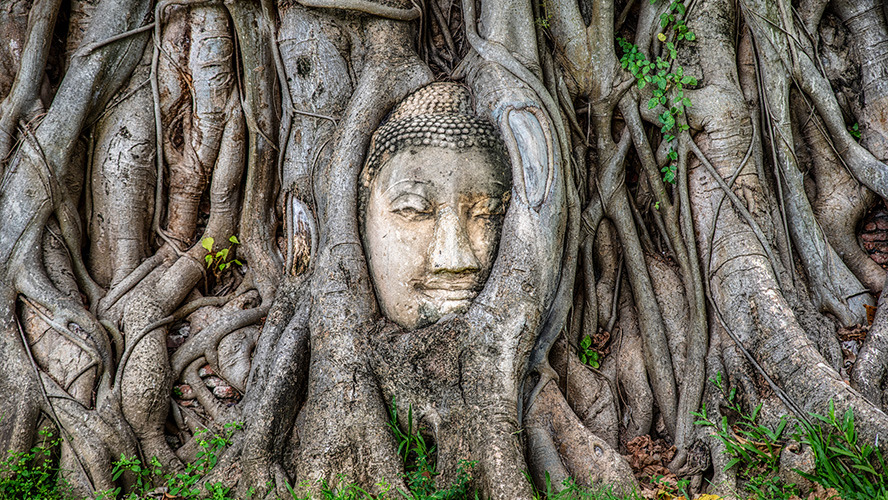
Wat Ratchaburana
It is one of the great temples and the main temple prang, which has been restored and is accessible to tourists via stairs to the side, has become one of the most prominent in the city. It was founded in 1424.
Its crypt stores treasures such as Buddha relics, swords, crowns and golden robes, among other things.
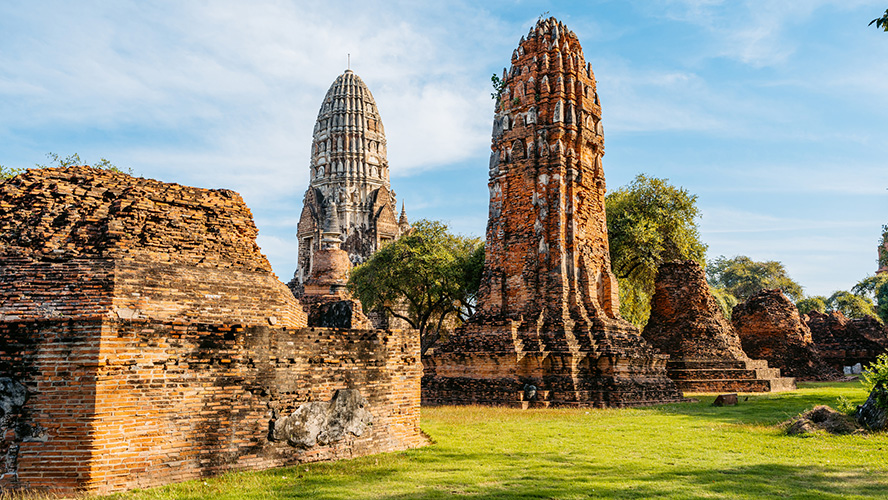
WatPhara Sri Sanphet
This temple is located in the gardens of the former Royal Palace. It has been a spiritual centre for the Thai people for many years and is another of the archaeological park’s iconic sights.
In the centre are three bell-shaped stupas set on rectangular platforms. They are believed to have been built to preserve the ashes of the three kings of the period.
Wat Maheyong
The temple dates back to around 1438, during the reign of Borommarachathirat II. Centuries later, it was restored by King Thai Sa in 1711.
The stupa, supported by 80 elephants carved in stone, and the priests’ ordination hall are the most prominent features of this historic building.
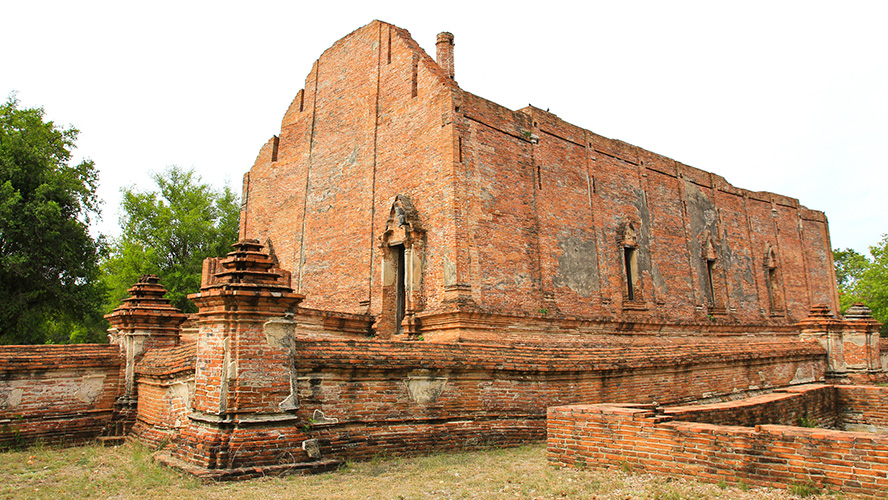
Wat Yai Chaaya Mongkon
The story goes that King U-Thong built this temple for monks who came to Sri Lanka after ordination belonging to a religious group called “PaKaew”, which is why it was also known as WatPaKaew. Two parts of the temple, the Chedi and the assembly hall, were built during the reign of Naresuan. Opening hours: 8:00 – 17:00. Admission costs 20 baht.
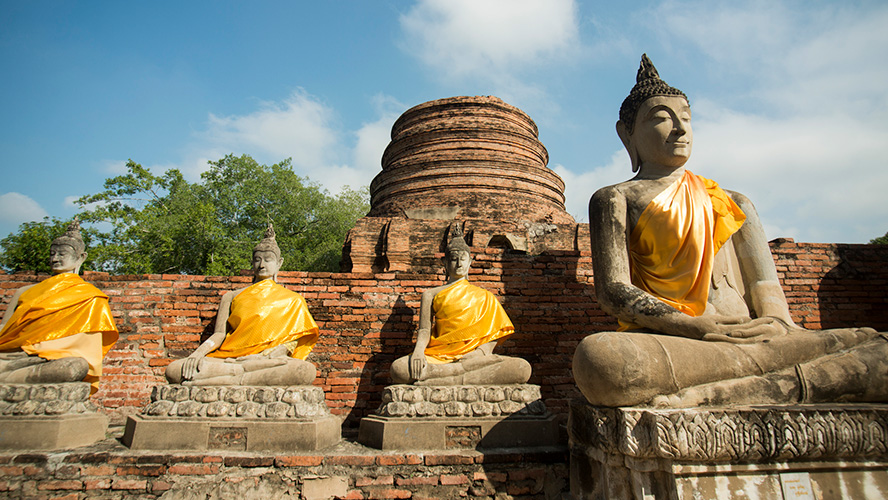
Wat Phanan Choeng
This temple was built before the establishment of Ayutthaya as the capital, although there is no clear record of who founded it. Its assembly hall houses a majestic lacquered and gilded Buddha and the walls are decorated with 84,000 small Buddha images. There is also the Chao Mae Soi Dok Mak shrine, which is highly revered by the Chinese.
Opening hours: 8:00 – 17:00. The entrance fee is 20 baht.
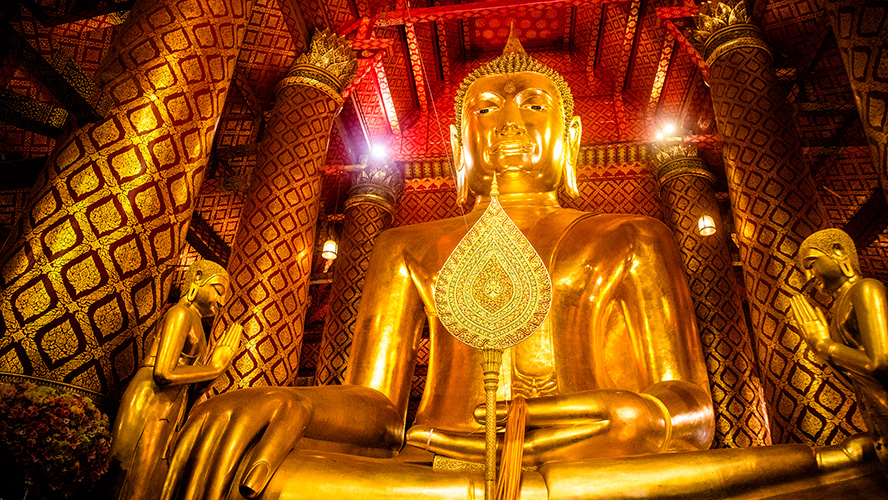
Wat Lokaya Sutha
This temple is located on the western side of the Royal Palace.
A huge reclining Buddha (known as Phra Buddha Sai Yat) made of stone and measuring 42 metres long and eight metres tall is another of the symbols of the ancient city of Ayutthaya. Curiously, all the toes of his feet are the same length.
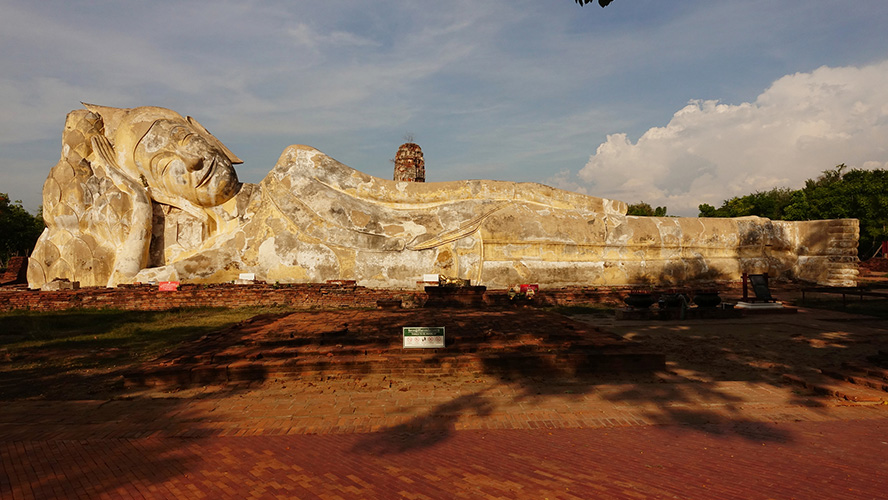
Wat Chai Watthanaram
A 35-metre high central tower is the most prominent feature of this other temple built in the 17th century. Some historians claim that its structure best represents the influence of Buddhism in Thailand.
Its central stupa, which is surrounded by smaller prangs, symbolises Mount Meru or Sumer, the mountain of the gods in the Hindu religion.
